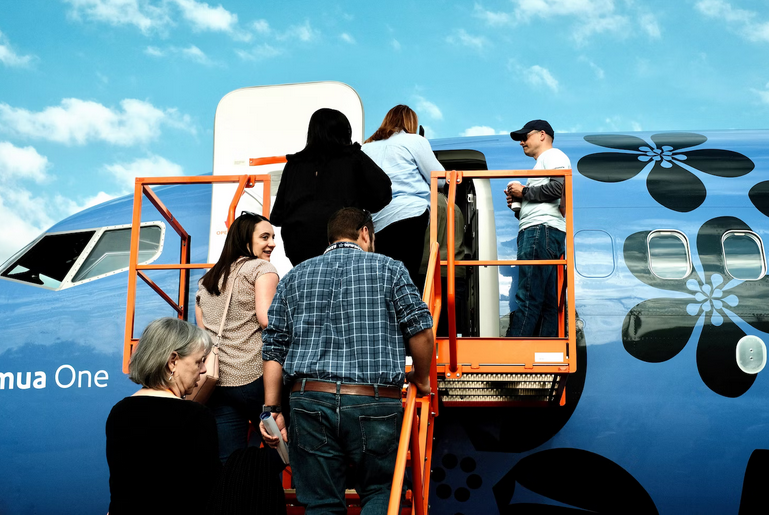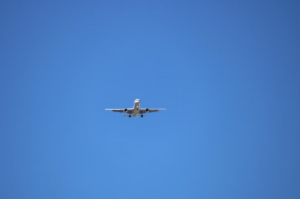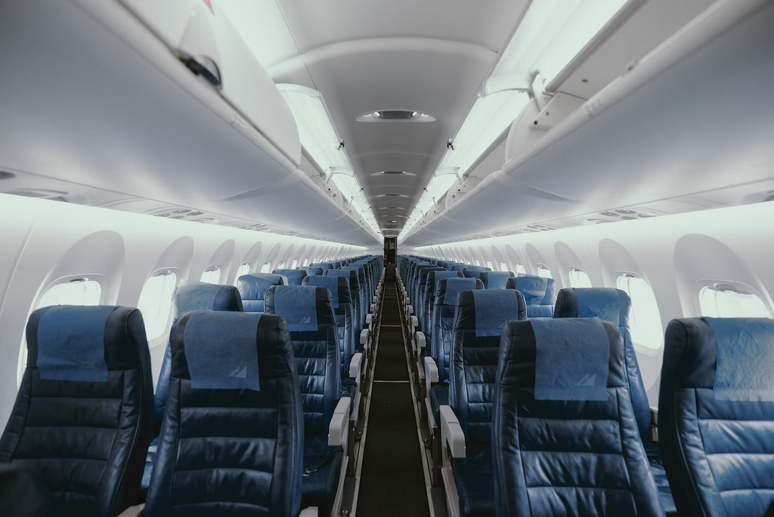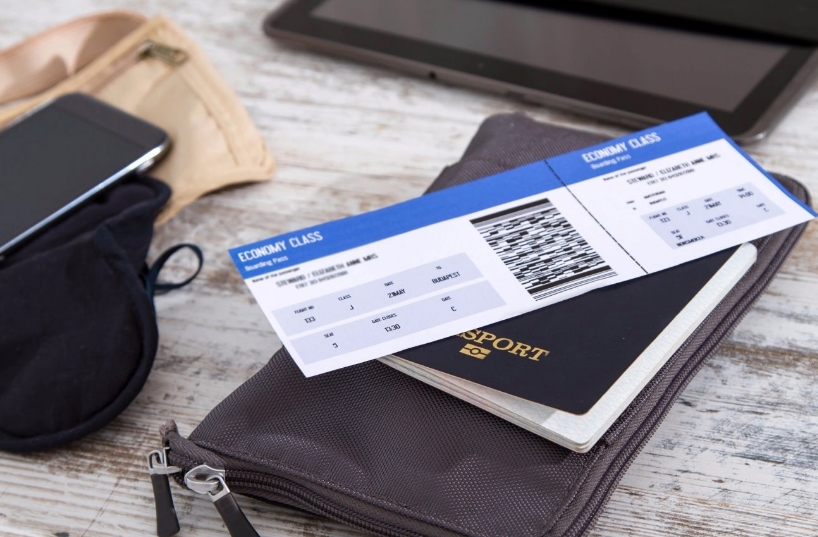As you prepare for your next flight, have you ever wondered about the best seats to choose? According to Aerotime.aero, the seats you book can be such a deal breaker for your overall experience in the sky if you don’t know the best seats to choose.
So, let’s say you’re just getting your wings. Booking the right seat can make all the difference in your journey. From ease of boarding to legroom and comfort, there are several factors to consider when it comes to finding that perfect spot on the plane.
Ease of Boarding

When it comes to ease of boarding, choosing the right seat can make your journey smoother from the get-go. If you prefer being one of the first passengers on the plane, opt for a seat near the front. This way, you won’t have to navigate through a sea of people and their carry-on bags while trying to find your spot.
Another aspect to consider is the proximity to the boarding gate. If you’re someone who hates rushing or anxiously waiting in line, selecting a seat closer to the gate can save you some stress. For those who value convenience above all else, an aisle seat might be ideal.
Legroom and Comfort
Let’s face it: long flights can be quite uncomfortable if you’re cramped in a tiny seat with barely any space to stretch your legs. Having ample legroom can make a huge difference in how comfortable you feel during your journey. It allows you to relax and move around without feeling restricted or claustrophobic.
So, when selecting your seat, look out for seats with extra legroom, such as bulkhead or exit row seats. In addition, some airlines offer seats with adjustable headrests and lumbar support, providing added comfort for those long hours spent in-flight. So go hunt for those seats.
Minimal Turbulence Feel
 While it may be impossible to completely avoid turbulence, there are certain factors that can help reduce its impact. The key is choosing a seat closer to the front of the plane can make a difference. The area near the wings tends to experience less movement compared to seats at the back. Additionally, opting for an aisle seat rather than one by the window can provide more stability during turbulent moments.
While it may be impossible to completely avoid turbulence, there are certain factors that can help reduce its impact. The key is choosing a seat closer to the front of the plane can make a difference. The area near the wings tends to experience less movement compared to seats at the back. Additionally, opting for an aisle seat rather than one by the window can provide more stability during turbulent moments.
Another factor to consider is selecting a larger aircraft if possible. Larger planes tend to handle turbulence better due to their size and weight distribution. It’s also worth noting that sitting towards the center of the plane, where it’s generally more stable, can help mitigate turbulence effects.
Quick Exit Upon Arrival
After a long flight, the last thing you want is to be stuck waiting in a crowded aisle while everyone else makes their way off the plane. Opting for seats near an exit or towards the front of the aircraft can greatly reduce your wait time and help ensure a quick and efficient exit. Many airlines offer designated “priority” seating options that grant passengers early access to disembark from the plane.
These seats are often located near emergency exits or at strategic points on the aircraft where passengers can easily make their way out. Another consideration for a swift exit is avoiding seats that are obstructed by other passengers or objects, such as beverage carts. Also, if you have connecting flights or limited layover time, selecting a seat closer to the front of the aircraft can save precious minutes during transit.


